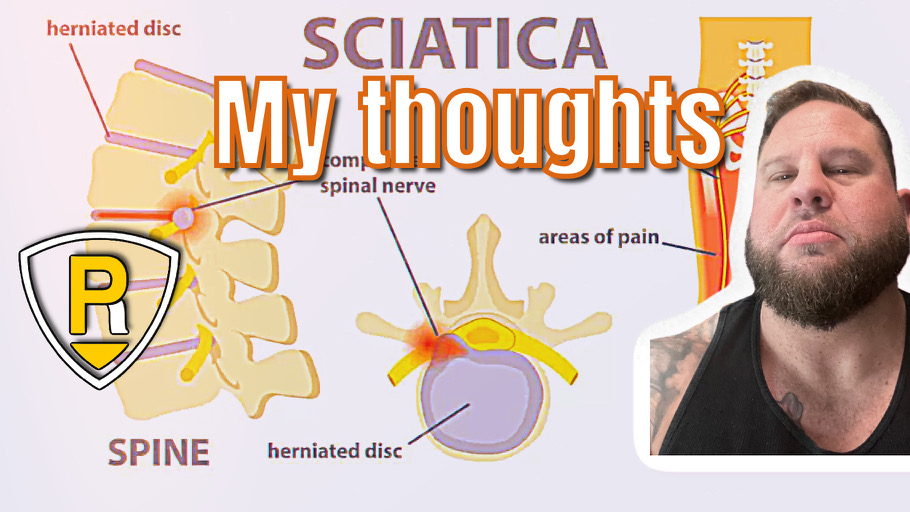
24 Jan Sciatic Nerve Pain (stop stretching)
Sciatic Nerve Pain
Sciatic Nerve pain, or Sciatica, originates from the spine but is felt along the sciatic nerve into the glutes, down the back of the leg. The nerve runs down the back of the leg, the shin, and the toes. This pain is due to the nerve roots which exit the spine at L4/l5 and L5/S1 levels. Most likely, the pain you feel is coming from your back, not due to piriformis syndrome, as many people try to ‘stretch out their pain.’
It’s not your piriformis (most likely)
“My back isn’t hurt; it’s my piriformis.” Well, it can be, but in the book back mechanic by Dr. McGill, we have testing to help you navigate this; this is something that I hear from people who reach out and have yet to wind down their pain with stretching and other traditional, outdated information addressing the symptoms. I don’t know that outdated is the correct way of putting it; it’s just flat-out wrong. So what ends up happening is the pain may dissipate for a few minutes from the stretch, but then it comes back (likely worse) as the nerve is more sensitized, but the cause remains.
Your back may not hurt
Many people I have met and worked with have only sciatic nerve pain, with little to no back pain to speak of, and this is why they assume it’s a lateral hip rotator muscle instead of a back issue. The solution is provocative testing is shown in Back Mechanic: finding the postures, movement, and load that wind up your pain & symptoms, removing them, and working on winding down the pain and letting the nerve roots desensitize. Even worse, I sometimes see people grind themselves into an LAX ball, further sensitizing the back, glutes, and lateral thigh muscles, hoping to beat the pain into submission.
Remove the cause of the pain
Once you have removed the cause and given your body a chance to heal, more advanced techniques like nerve flossing, discussed in Back Mechanic, can help if the nerve pain is still there. However, CAUTION doing too much of this can exacerbate your symptoms, so ensure you get with a trained coach who can help navigate you through this if you are having trouble.
It takes time to heal a back injury
Lastly, remember it takes time to heal a back. Nerve pain or not, when a disc is involved rushing back to lifting without adequate time to recover, will most likely leave you worse off, only to have to repeat the cycle. If you read my story in Gift of Injury, you know that I rushed back too fast, even after taking nearly a year to rebuild.
Brian Carroll
Latest posts by Brian Carroll (see all)
- Quick Rant: Core Exercises - July 26, 2024
- Physical Therapy Fails for Back Pain - July 25, 2024
- Quick Rant: Physical Therapists - July 19, 2024





Sorry, the comment form is closed at this time.